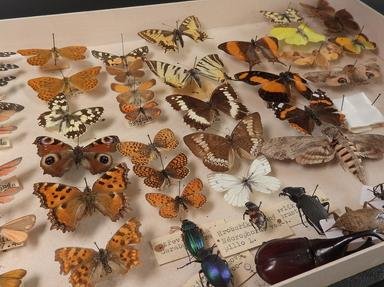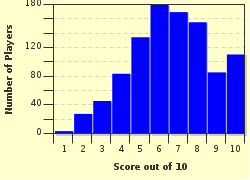Quiz Answer Key and Fun Facts
1. The name for the mosquito comes from the Spanish language. What does it mean?
2. The mosquito is part of the family "Culicidae" which contains three sub-families. Which of the following is not one of the sub-families?
3. Mosquitoes are well-known for having a major role in the transmission of malaria into humans, but what exactly is that role?
4. Only female mosquitoes feed on blood.
5. As well as malaria, which of the following diseases does the mosquito act as vector agent for?
6. Which feature of the adult insect do the pupae of Culex mosquitos lack?
7. Which chemical, formerly known as Neocide, was pushed by the USA as the tool to eradicate the world's mosquito population only for its use to be declared illegal at the end of 1972?
8. Before the widespread use of insecticides what was the most effective measure employed by civil authorities against mosquito-borne disease?
9. Which drink was introduced by the British Army into its colonies to help fight the spread of malaria?
10. How does the chemical DEET help protect against mosquitoes and malaria?
Source: Author
Snowman
This quiz was reviewed by FunTrivia editor
crisw before going online.
Any errors found in FunTrivia content are routinely corrected through our feedback system.

